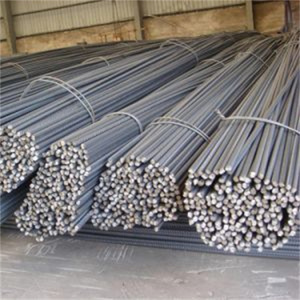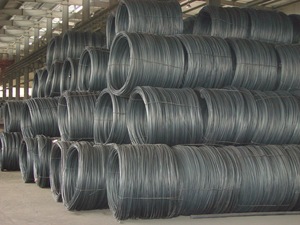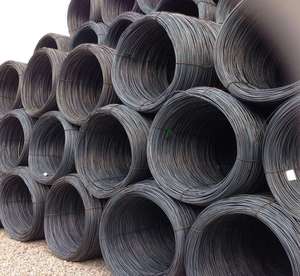Introduction to Sizes of Iron Bar for Construction
The sizes of iron bar for construction play an essential role in the structural integrity and durability of various construction projects. These bars, commonly referred to as rebars (reinforcing bars), are vital components in concrete structures, ensuring strength and resilience under load. Available in various sizes and grades, understanding the different options can help you make informed decisions for your building or reinforcement needs.
Types of Sizes of Iron Bar for Construction
Iron bars come in several standardized sizes, categorized primarily by their diameter and tensile strength. Here are the most common types:
- Grades: Commonly, iron bars are categorized into grades like Fe 415, Fe 500, and Fe 600, which indicate their yield strength measured in Megapascals (MPa).
- Diameters: Sizes can vary widely, with typical diameters ranging from 6 mm to 50 mm, allowing flexibility for different construction demands.
- Deformed vs. Plain Bars: Deformed bars have ridges that enhance bonding with concrete, while plain bars are smooth and are used in less critical or specialized applications.
- Length Variations: Available in lengths of 6 meters, 12 meters, or custom lengths, ensuring adaptability based on project specifications.
Applications of Sizes of Iron Bar for Construction
The sizes of iron bar for construction are utilized across a myriad of applications, each with its unique requirements:
- Foundation Support: Used extensively in foundation systems to provide strength and prevent cracking under load.
- Reinforced Concrete Beams: Employed in beams, slabs, and columns to increase load-bearing capacities.
- Bridges and Tunnels: Critical in infrastructure projects like bridges and tunnels, where enhanced tensile strength is essential to withstand dynamic loads.
- High-Rise Buildings: Integral for skyscrapers and tall buildings that require robust design to counteract wind and seismic forces.
Features and Advantages of Sizes of Iron Bar for Construction
The selection of sizes of iron bar for construction is backed by several key features and advantages:
- High Strength-to-Weight Ratio: Offers superior strength while remaining lightweight, making handling and installation easier.
- Corrosion Resistance: Many modern iron bars are treated or coated to protect against rust, extending their life span in harsh environments.
- Versatility: Can be easily cut and bent to meet specific architectural requirements, enhancing their usability across various projects.
- Cost-Effectiveness: When considering strength and lifespan, iron bars present a financially viable option for construction budgets.




















































